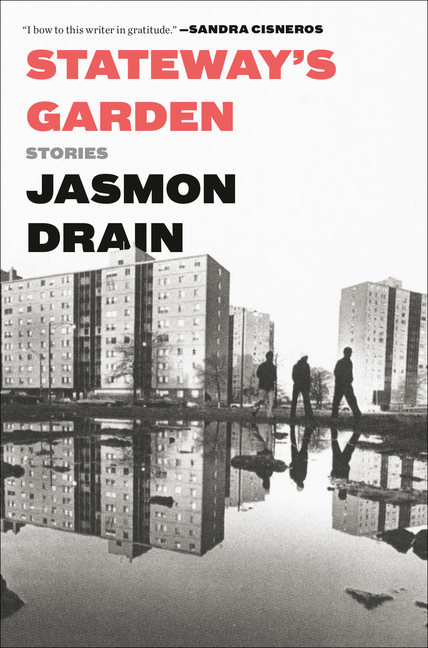We are introduced from the first page to a cast of tenants living in the low-income housing project in the mid-1980s, individuals who recur across the collection, finding different ways to connect, disconnect and let one another down. But,...it’s these characters’ living space that is the book’s real protagonist. That is, the high-rises themselves take on traits and modes of agency that shift and evolve from story to story — each time a familiar name is brought back to the stage, he or she feels recontextualized, born anew ... The stories fit almost like pieces of a puzzle; Jacob’s limp in an early story turns out to result from an extremely bad drug trip in a later one. Because so many of the book’s elements come together in Stateway Condo Gentrification, the stories that follow have a richer energy; the characters, with the benefit of greater context, feel more nuanced ... In both fiction and real life, Stateway Gardens, like many of Chicago’s most storied housing projects, no longer stands. In its place, Drain’s collection exists as a fitting monument.
Read Full Review >>

